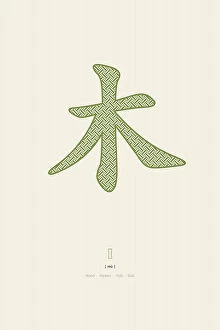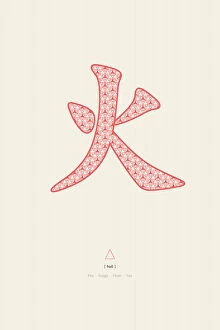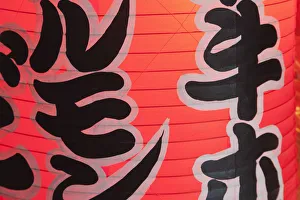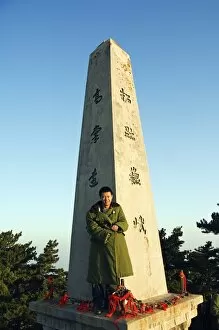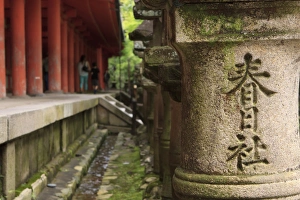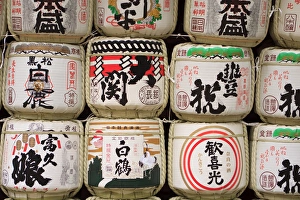Kanji Collection
Kanji, the intricate characters of Japanese writing, are a captivating symbol of Japan's rich cultural heritage
All Professionally Made to Order for Quick Shipping
Kanji, the intricate characters of Japanese writing, are a captivating symbol of Japan's rich cultural heritage. In bustling Tokyo, vibrant restaurant paper lanterns proudly display kanji, inviting passersby to indulge in authentic Japanese cuisine. Journeying to Koyasan on the serene Kii Peninsula, one can find kanji etched onto ancient stone pillars at the revered Kasuga Taisha shrine in Nara. The tranquil ambiance continues as you soak in a traditional Japanese soaker while savoring the earthy flavors of matcha powder. Exploring further, decorative barrels of sake grace the sacred grounds of shrines across Japan, paying homage to centuries-old traditions. On Mount Hua's summit stands a monument adorned with kanji and guarded by a man in a green army jacket - an unexpected fusion between cultures. Even beyond Japan's borders, artists like Denman Waldo Ross have been captivated by kanji's allure. His oil paintings such as "Japonaiserie: The Bridge in the Rain" and "Japonaiserie: Flowering Plum Orchard" transport viewers to Paris where they experience an artistic interpretation of these mesmerizing characters. In Kyoto, amidst its timeless beauty lies the majestic Pagoda of Yasaka - an architectural marvel that showcases grandiose kanji symbols against a backdrop steeped in history. And let us not forget Fukui City's giant Kanji characters boldly reminding drivers that it is indeed a no parking zone. Kanji transcends language barriers; it encapsulates Japan's essence and invites all who encounter it on their journey through this enchanting land to delve deeper into its profound culture and embrace its mesmerizing charm.


